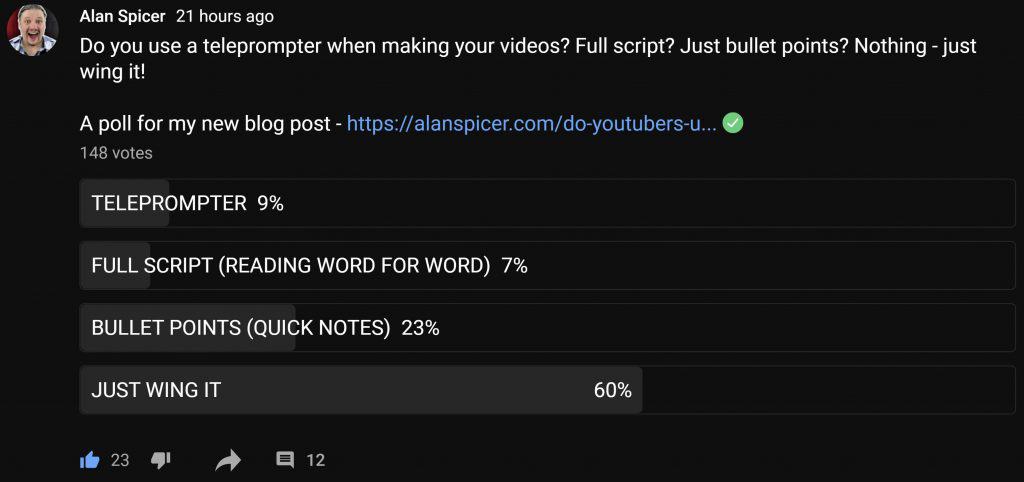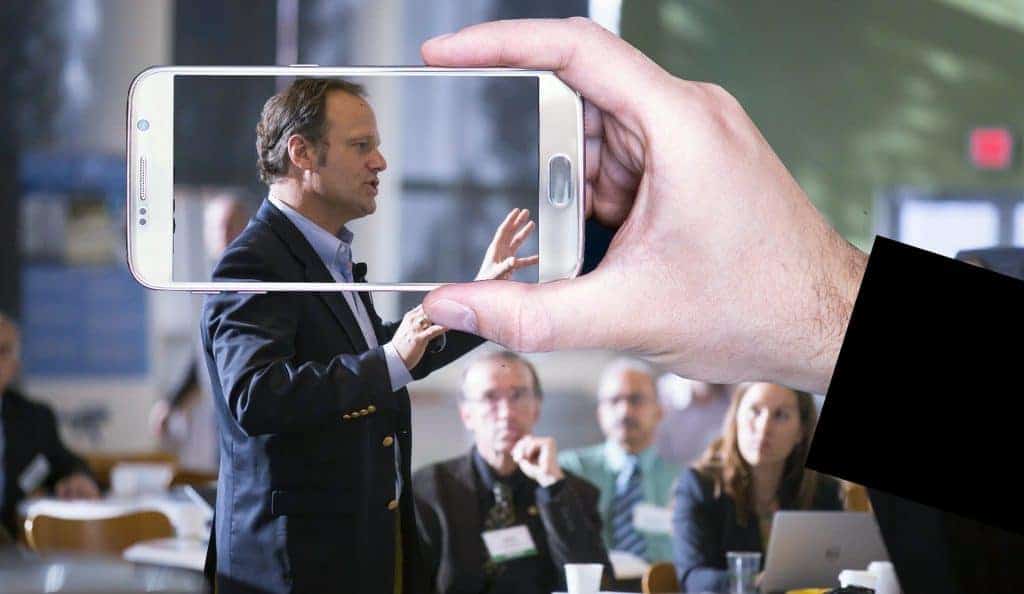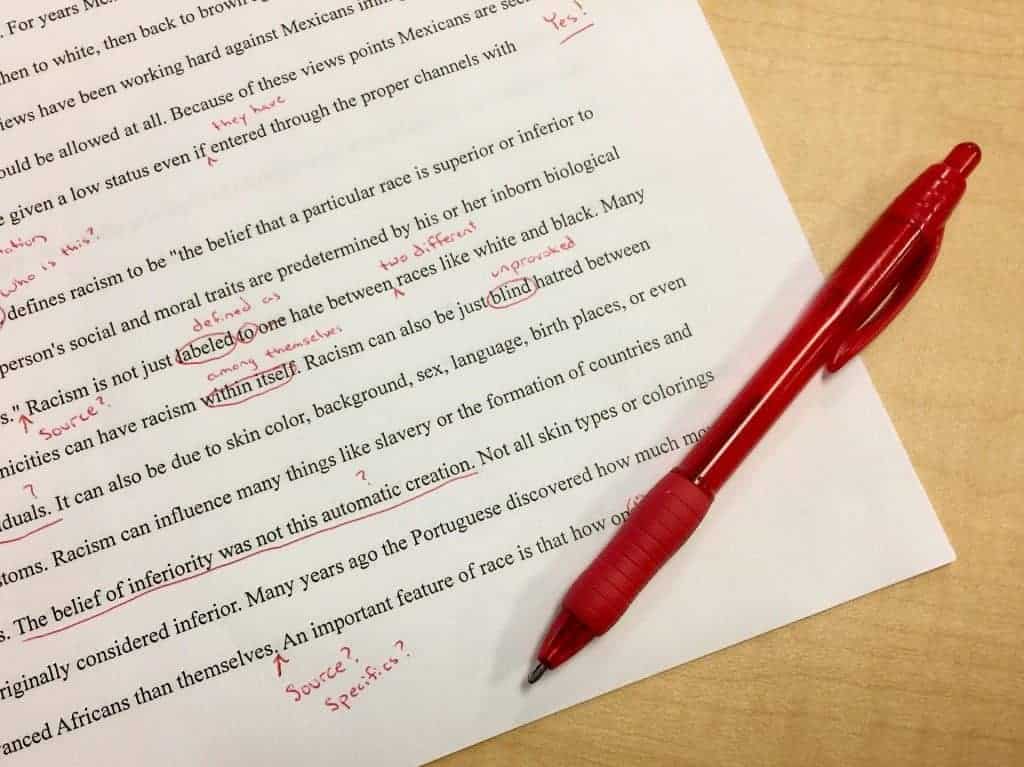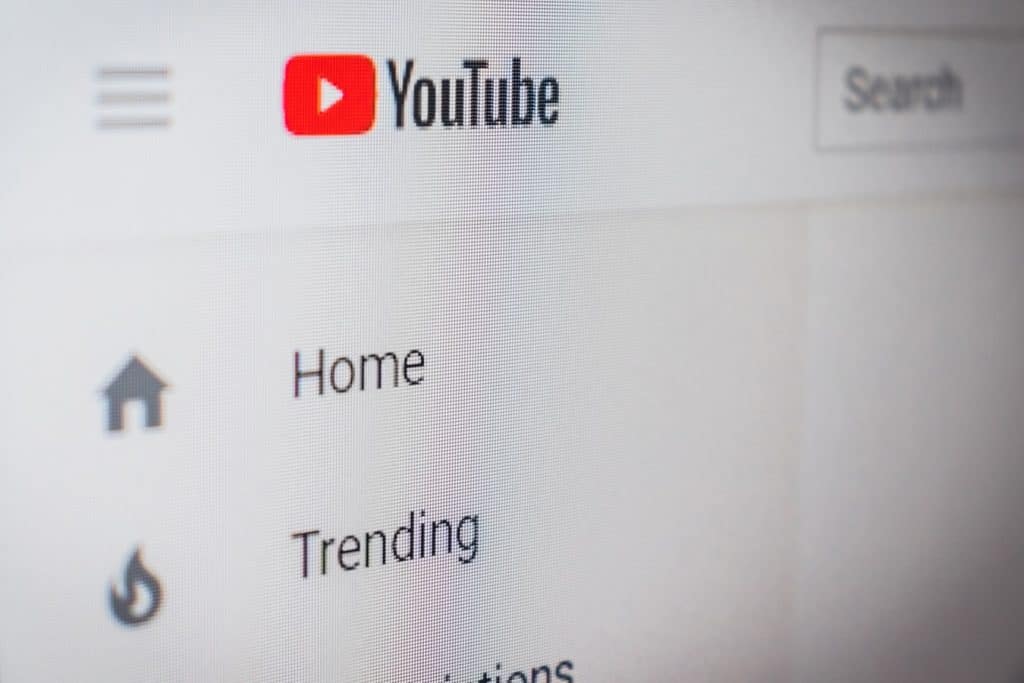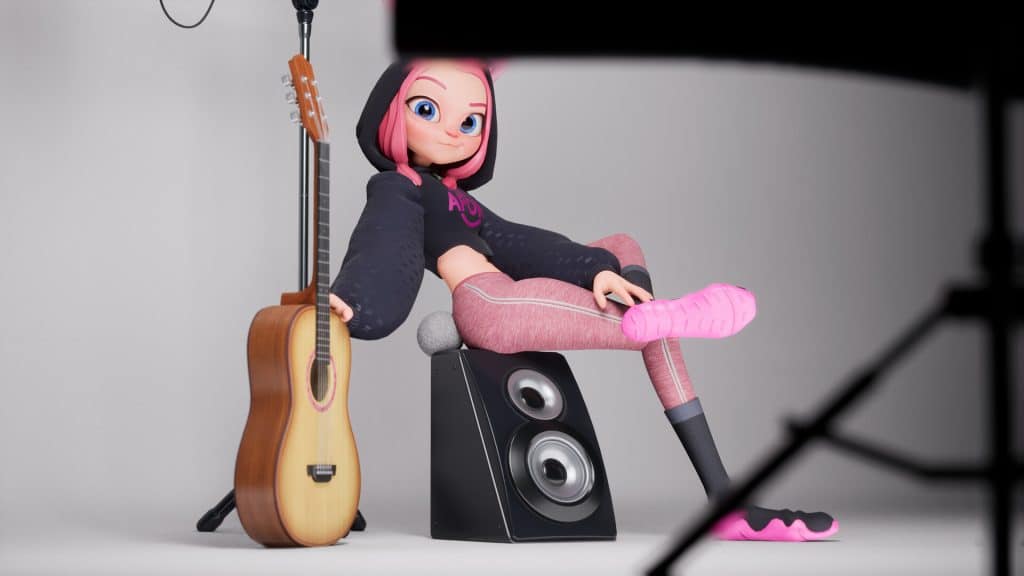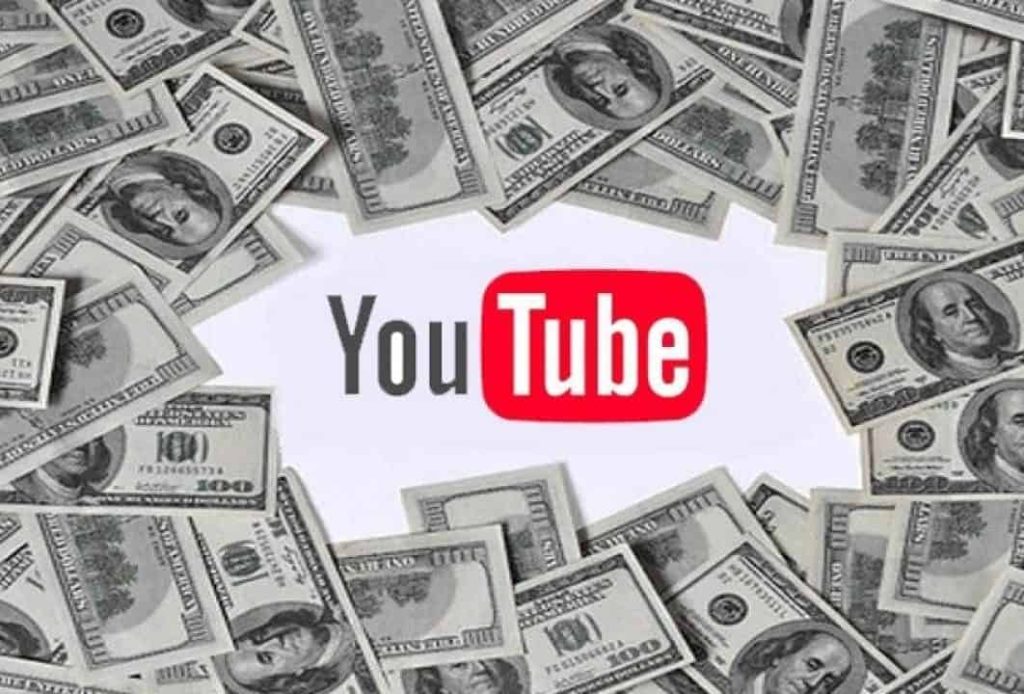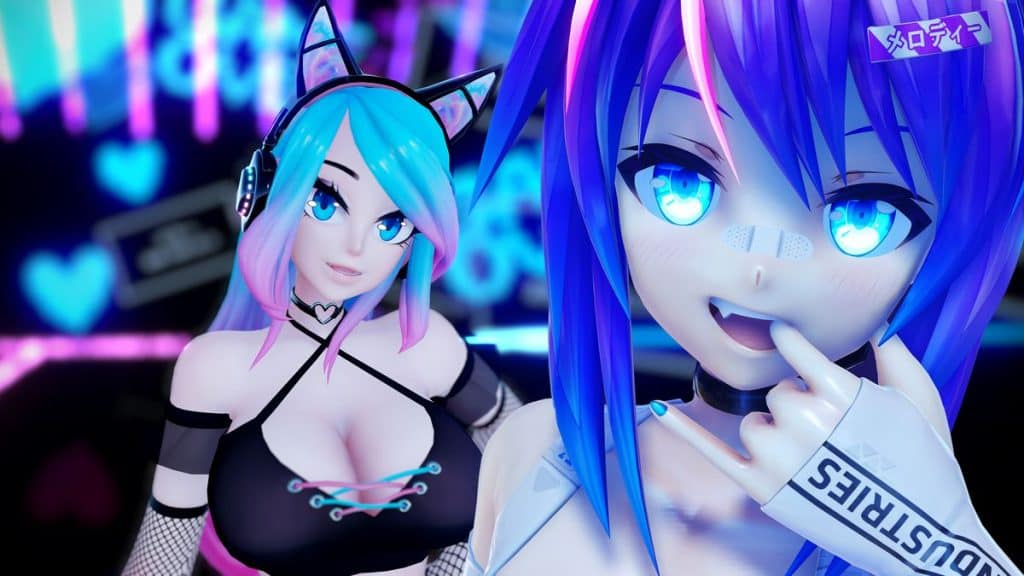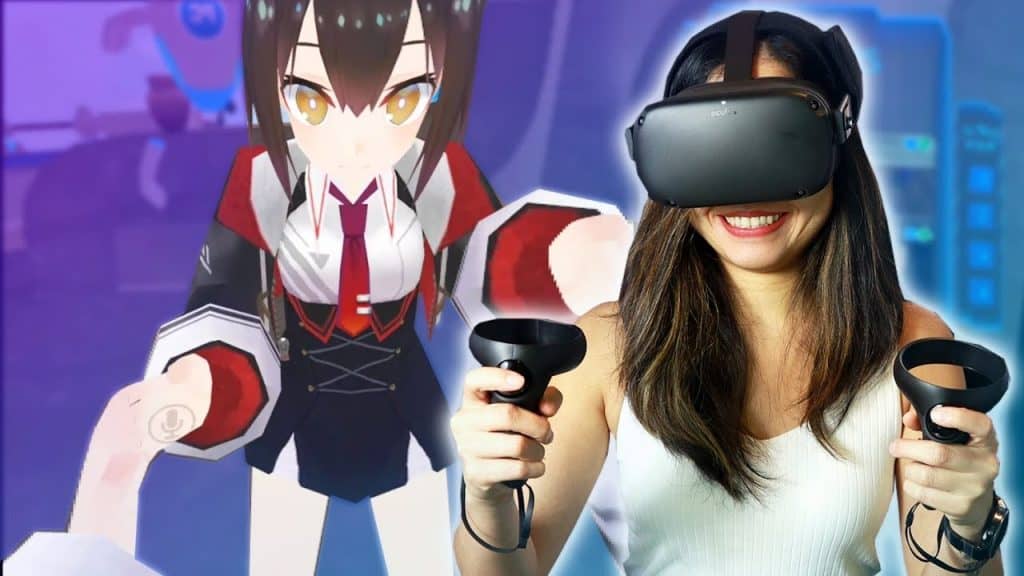Content marketing, by its most simplistic explanation, boils down to two activities:
- Content creation.
- Content distribution.
For many content marketers, it’s easy to start at step 1 and stay there, just continuing to produce content. That’s fine and well, but if you aren’t sharing your content with your audience, I guarantee you’re not getting the results you want.
While step 1 should be a nice combination of creativity and analysis, step 2 is made almost entirely of data-backed strategy. Determining the most lucrative content marketing channels will help you reach your target audiences in meaningful and impactful ways.
So, what channels should you be focusing on this year? That depends on your industry, goals, audiences and more.
But the following 5 are all excellent channels to consider incorporating into your content distribution strategy:

YouTube
Video marketing has risen in popularity every year, and now it’s more important than ever for businesses. In 2020, it was one of the fastest growing types of visual content marketing used, and about one-quarter of marketers said it helped them reach their marketing goals in 2019.
Video became the champion of communication—business or personal—and entertainment during the pandemic as more consumers utilize these technologies and tune into this captivating content format. Of the 24% of marketers who said they used video for the first time in 2020, nearly half said doing so was a necessity because of the pandemic.
But this section is titled “YouTube” – not video. I have a reason for this, and it’s only partly because the next section is “live video.”
YouTube can act as several different things for your brand. It’s:
- A place to host your videos.
- A search engine where people look for and find information.
- Google’s daughter company that feeds directly into SERPs, giving you a second opportunity to be discovered organically.
In short, YouTube is a powerfully multifaceted distribution channel because the videos you upload to it are both shareable (it’s simple to embed them into your landing pages and blog posts and to link to them in social media posts and emails) and searchable, whether your audience is searching on YouTube itself or on Google.
As more people look to video to learn and communicate, brands that want to keep up will strive to provide more content in this format.
Those that want their videos to be easily found will most likely compile them on their YouTube channel.

Live video
Video is one thing; live video is something else entirely … OK, perhaps that’s an exaggeration, but live video really is important enough to deserve its own mention on this list.
Close to half of marketers (45%) use live video to connect with their audience in a highly personal, real-time format, according to Social Media Examiner.
A number of industry reports indicate that this medium is increasingly important for marketers, and not just because of the pandemic. Live video use was already on the rise, especially in B2B marketing:
- 29% of B2B marketers used livestream content in 2020, making it one of the fastest growing content types of Content Marketing Institute’s survey.
- 63% of B2B marketing representatives were willing to exchange their contact information for access to a webinar, according to Demand Gen Report’s 2019 Content Preferences Survey Report.
- 64% also noted they’d take 20-60 minutes to watch a webinar when researching a B2B purchase.
Facebook Live is likely to be the most popular channel, with 64% of marketers voting it as their most important in Social Media Examiner’s report, followed by Instagram Live with 19%.
But before you choose your streaming platform, consider where your audience finds video content. LinkedIn supports live video, and with only 5% of marketers saying this is their most important live video channel, you may stand out from the pre-recorded crowd.
Live video can be lucrative for B2C brands as well, and with consumers seeking out this format more often, you may find your audience quickly. A HubSpot survey found that 79% of respondents watch live video at least once weekly; YouTube Live is their favorite channel.

Email is a low-cost, high-value content marketing channel, and should therefore be a key component of your digital marketing efforts. Plus, it’s a strong communication method in any circumstance: A Brafton survey found that following the pandemic, email was the No. 1 way brands communicated important updates to their customers.
For most marketers, email is already among their top channels; 87% of B2B marketers told CMI that email is the top way they distribute content, second only to social media. With a return on investment of 42:1 on average, it’s easy to see why.
However, you only stand a chance to see this level of ROI if you know how to leverage this channel strategically and in a way that makes sense for your brand, goals and audience. For many brands, this means creating a diverse email marketing strategy that includes aspects like:
- Regular newsletters.
- Sales emails.
- Helpful notifications about company updates.
- Cart abandonment emails.
- And more.
Email is a key communication channel for just about … everyone. For that reason, brands that put the time and effort into getting their email strategy right have the opportunity to open up meaningful conversations.

Podcasts
Audio content is steadily becoming a cornerstone in content marketing as more consumers seek out information and entertainment in podcasts. And while some might assume that podcasts are primarily for individuals seeking entertainment, they’re actually a strong B2B marketing device.
Demand Gen Report found that half of B2B buyers would be willing to spend up to a half-hour listening to a podcast when researching a purchase decision. And among B2B marketers surveyed by CMI, just 26% said they were already including this audio-first format in their marketing mix.
Here’s what this tells us: Buyers will listen to a podcast. But not many B2B brands have entered that market yet. When you launch your podcast, you’ll be among the few.
Of course, like all of these channels, this isn’t just a B2B trend. Consumers are listening to more audio content, especially as more people spend time at home. Nielsen’s August 2020 Total Audiences Report found that 53% of respondents listen to spoken-word audio content either weekly or daily.
Podcasts can do a number of positive things for your marketing efforts, like increase brand recognition and trust, and drive traffic and backlinks to your site (from the platform you use, e.g. Apple Podcasts).
In the future, more people will tune into podcasts to learn something new or disconnect from their day to day for a few minutes. You have the opportunity to be the person who speaks directly to them when they do.

Your blog
Last but not least, I can’t leave this list without mentioning the most important content marketing channel of them all: Your blog.
I’m not calling this the most important channel because it’ll be the most lucrative of your efforts, or the one that captures the most attention. I’m also not mentioning it because I think you’ll forget about it. That’s just crazy, and besides, 93% of B2B marketers already use blog posts in their content marketing strategies.
Rather, your blog is an essential addition to this list because:
- It’s the home base of all your content marketing efforts. Most of the content you create should, in some form, live on your blog.
- It’s easy to forget how much value you can truly glean from your blog when you know how to creatively leverage it.
Any type of asset that you create for the above channels can be repurposed for your blog, giving the content new life and your website another opportunity to capture attention from organic search.
Every video you create should have a search-optimized page to live on, and your blog is the perfect place to expand on the video’s topic.
Your email strategy can easily be centered around your editorial calendar. When you publish a great new article, share it with your email subscribers.
And so on.
Choose your channels wisely!
A new year always presents new possibilities for marketers. This year, move your company’s marketing efforts in a positive direction to reach the right audiences and provide meaningful interactions for them.
Whether you choose to explore the opportunities that await your brand in video, email, audio, blog content or something else entirely, make sure you’re doing so with the needs of your target audience in mind. This is truly the best way to connect with them.









